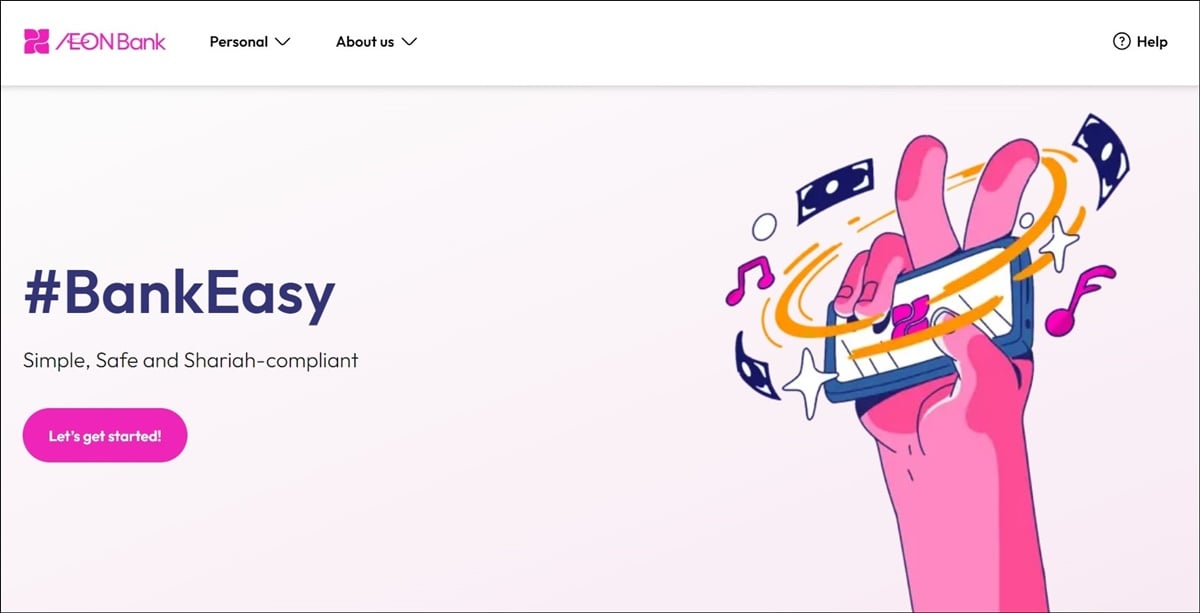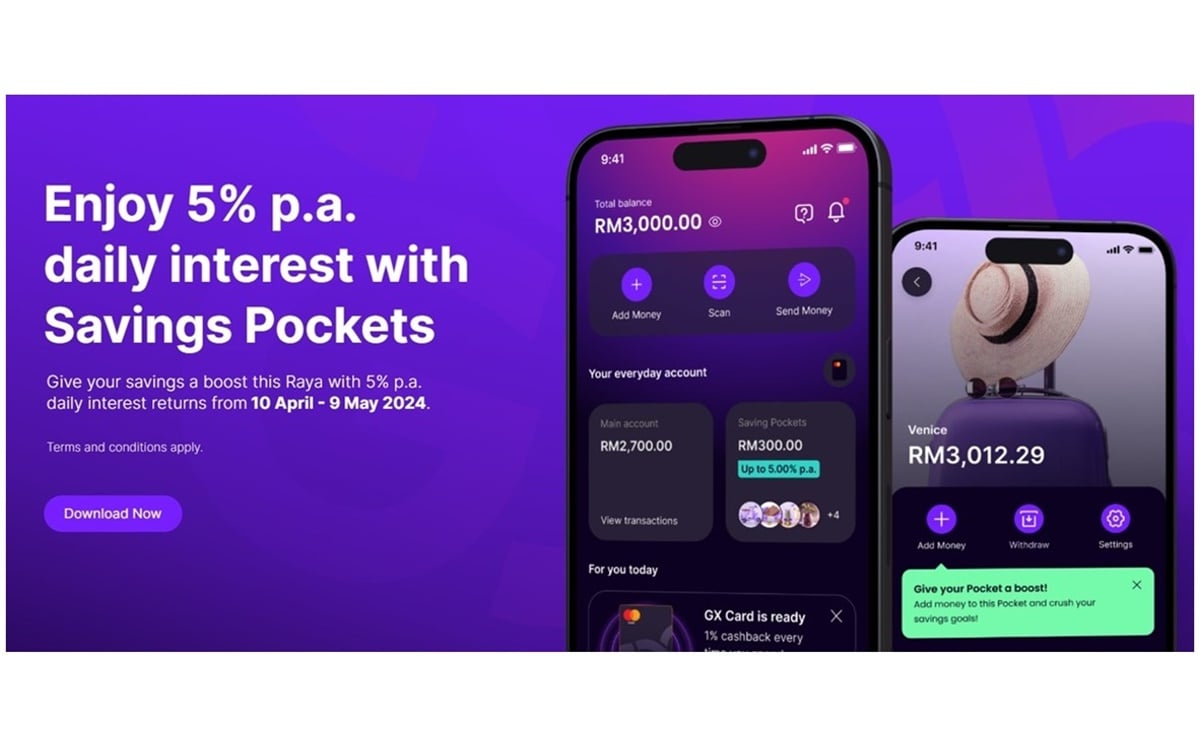Guo Heng
21st July 2017 - 7 min read

Sending money abroad can be a hassle. There are a multitude of options to select from and each has its own pros and cons. Here’s a list of six options for transferring money from Malaysia to an overseas destination to help you figure out the best method for you.
Telegraphic Transfer
The traditional method of sending money abroad, telegraphic transfer moves funds from your bank account to another bank account overseas. The bank will require you to fill in a form and a small fee is charged.
Pros
- Most major banks allow you to initiate telegraphic transfers online.
- Fixed, destination-based fees regardless of the amount transferred. Other services like Western Union, MoneyGram and PayPal scale their fees according to the amount sent, destination and currency.
Cons
- Both sender and recipient pay a fee. The amount of fee charged is bank-dependent; some banks offer a flat rate regardless of destination, some scale it according to the destination.
- Takes a few days for the money to arrive in the recipient’s bank account.
- The transfer procedure is arduous: there are a lot of details to fill up just to initiate the transfer.
Western Union
Western Union allows you to send money as cash to an overseas recipient or directly to the recipient’s bank account. Western Union is one of the fastest methods to send money overseas.
Pros
- Cash-to-cash transfer only takes a few minutes to reach your recipient (who have to collect the money at a Western Union branch at his or her location). Direct-to-bank transfer arrives in your recipient’s bank account within an hour.
- Your recipient does not need to have a bank account.
- There are around 2,300 Western Union locations in Malaysia, and most major banks offer Western Union services at their branches.
- Online transfer available for RHB and Public Bank users.
Cons
- While Western Union’s fees vary depending on the destination country and the amount sent, it is generally higher than other services available. For example, it costs RM 172 to send RM3,000 to countries like United States, United Kingdom, Singapore and Australia, compared with Paypal’s RM118+ or Maybank’s RM 10 fixed rate for telegraphic transfer regardless of the location or amount.
- Direct-to-bank service only available for certain countries. Recipients in countries without direct-to-bank service would have to collect the cash at their local Western Union branch.
- Non RHB or Public Bank users would have to conduct the transfer in person at a Western Union branch.
MoneyGram
MoneyGram offers the same service as Western Union.
Pros
- Money transferred within 10 minutes.
- Your recipient does not need to have a bank account. He or she collects the cash at a local MoneyGram branch.
- MoneyGram services are available at Maybank and CIMB bank branches and Bureau de Changes.
Cons
- While MoneyGram’s fees vary depending on the destination country and the amount sent, it is generally higher than other services available. For example, it costs RM 145 to send RM3,000 to countries like United States, United Kingdom, Singapore and Australia, compared with Paypal’s RM 118+ or Maybank’s RM 10 fixed rate for telegraphic transfer regardless of the location or amount.
- You have to initiate the transaction in person.

PayPal
PayPal is the most popular method to make and receive payments online. Transactions are done using email addresses.
Pros
- Instantaneous transfer. Your recipient receives the money in his or her PayPal account right after you conduct the transfer.
- Hassle-free process. All you need is your recipient’s email address and the money is sent with a few clicks.
- Instantly top-up your PayPal account using RHB. You have the option to top up your PayPal account in MYR or USD. Make sure you top-up your account with USD if you intend on sending the money overseas; MYR is a restricted currency.
Cons
- As of 2013, PayPal removed the fee-less personal payment option for Malaysian PayPal users. Sending money overseas using a Malaysian PayPal account would incur a charge of 3.9% of the amount sent plus a fixed fee based on the currency received, with 2.5% added borne by the recipient.
- You can only top-up your PayPal account using RHB. While topping up in MYR is available 24/7, topping up in USD is only available during 9.30am – 8.00pm on working days. The limit on the amount of money you could top up is RM3,000 or its USD equivalent per day.
- A PayPal account is required to receive the money. Withdrawing money from PayPal to a bank account takes a few working days depending on your recipient’s country and bank. However, your recipient would be able to use the money in his or her PayPal account once the money arrives, to pay for products or services from merchants accepting PayPal.
Maybank2U Visa Direct
The new kid in the block for sending money abroad, Maybank2U Visa Direct allows you to send money from your Maybank account to the a recipient’s Visa debit, credit or prepaid card.
Pros
- It’s an online service that is available 24/7.
- RM10 flat fee for all transfers regardless of the destination country.
- Recipients with a card from a Visa issuer that qualifies for Fast Fund receives the transferred money within 30 minutes. Transfer to Visa cards from non Fast Fund issuers takes up to 2 working days. You will be informed if your recipient’s Visa card qualifies for Fast Fund prior to confirming the transaction.
Cons
Your recipient have to be a Visa card holder.
Minimum transfer limit of RM300 and maximum of RM7,500 per day.
Bitcoins
Bitcoin is the world’s most popular digital currency. If you are interested to find out more about bitcoin, check out our simple guide to bitcoin coming up later this week.
Pros
- Zero transaction fee.
- Instant transfer. Although your recipient receives the bitcoins instantly, bitcoin recipient are recommended to wait at least 10 minutes for the transaction to be securely confirmed.
- Hassle-free process. All you need is the recipient’s bitcoin wallet address, which is a string of alphanumeric characters that usually comes together with a QR code. Email-linked bitcoin wallets like Bitx.co even allow you to send bitcoins to a recipient’s email address.
Cons
- It’s not easy to buy bitcoins in Malaysia. There has yet to be a reliable service for Malaysians to purchase bitcoins in a flash. As bitcoin are not purchasable via PayPal, most reputable bitcoin exchanges require you to link your bank account to purchase bitcoins.
- Unfortunately, most bitcoin exchanges have yet to support Malaysian bank accounts. As of writing, the only bitcoin exchange operating in Malaysia is Bitx.co. It takes up to two working days to transfer ringgit into your Bitx.co account before you can purchase bitcoins on the exchange.
- Bitcoin has yet to be widely adopted, which means your recipient would most likely have to find a way to convert the bitcoins you sent him or her into physical currency. Depending on where your recipient resides, it could take anything from hours to days for him or her to turn the bitcoins into cash.
- Bitcoin is a bit like email in the early 90s: while it can deliver your mail instantly, the low adoption of email back then meant that it is unlikely your intended recipient would have an email account, let alone a personal computer. If you wanted a mail delivered urgently, it was probably worth it to just pay Fedex to do it for you.
Each method has their strengths and weaknesses and their suitability depends on what you are looking for. Western Union and MoneyGram get pretty close to teleporting cash overseas, but you pay more for their transfer speed.
Maybank2U Visa Direct is a cheap and convenient alternative if your recipient has a Visa card. PayPal is great if your recipient is not a Visa card holder and resides in a country where the Western Union or MoneyGram fees are significantly higher than PayPal’s. Telegraphic transfer is good for large sums of non-urgent money. Bitcoin is for, well, those interested in cryptocurrencies.








Comments (0)